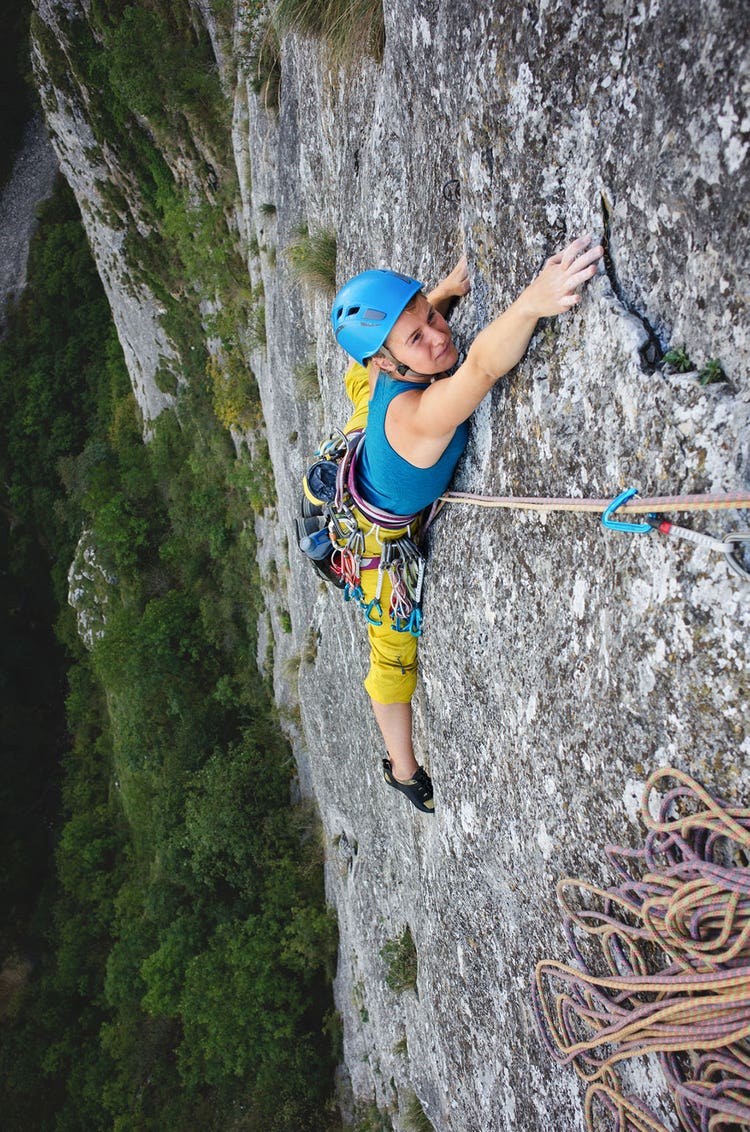Goals on the Run

Find victory in defeat.
Success is a funny thing. Success for you looks different from success for me, which looks different from success for someone else. Similarly, defeat for one person might be success to another. The irony of success is that there is no universal definition. Therefore, success and defeat lie 100 percent in your mind. You are in control. You are the one that defines it. That doesn’t mean you are going to change your definition of success overnight and all of a sudden you feel like a smashing success. It takes work to change the lens you view success and failure through, but it isn’t impossible. Just knowing you are in control can cause a major shift in your perspective.

What else can you do to snatch victory from the face of defeat?
1. Just keep swimming: Or running or playing. Keep moving forward. Take this powerful advice from Dory and keep moving forward. Define success by motion. Are you able to keep moving forward even if it is from failure to failure without losing enthusiasm? We love Dory “From Finding Nemo” because she just keeps swimming and she has such a great attitude about it!
2. Reframe success and failure: Many people view success as the accomplishment of a goal and failure as the inability to accomplish a goal. Most people define their goal as an endpoint. “I am going to run a half marathon.” “I am going to run every day for a month.” If I don’t finish the half marathon, I failed. If I don’t run every day for the entire month, I failed. What I miss with this definition is all the gains I might have gotten from training for the half marathon or from the days I did go for a run. Even if I don’t run every day, the process of running is a success.
3. Shift from results focus to process focus: Building off the points above, we can snatch victory from the face of defeat by focusing on the process and not the results. I can always improve my process, but I can’t control results. I can set results as a target to build my process. Then I can use the progress toward the goal as a sign my process does or doesn’t work. The target is only to measure my progress and to adjust my process.
4. Make discomfort your home: Victory lies in the space where you are feeling vulnerable, uncomfortable or uncertain. So if you notice you are feeling uncomfortable, count that as a win! Living in the moment, discomfort and failure can make you feel like you are losing. However, if you look back at life, phases of growth were filled with discomfort. Discomfort is a sign of growth.
5. Be compassionate: You are on this journey. You are doing the work. You have to accept your current situation before you can move forward. Show yourself some compassion. Empathize with what you are going through. Often, the best way to get out of something is to go through it. Being compassionate doesn’t mean you will all of a sudden lose your drive to achieve and succeed. Being compassionate to yourself doesn’t mean you will all of a sudden accept failure or laziness. Being compassionate means you can live with the results and begin the process of moving forward with enthusiasm.
Success is yours to pursue. The Seattle Seahawks have a mantra: “Relentless pursuit of better.” They aren’t pursuing perfection. They aren’t pursuing a result. They are pursuing improvement. Whether you are a competitive athlete or just trying to live a healthy life, shifting your definition of success can make all the difference.
I will leave you a line from one of my favorite poems:
Just keep running, swimming, moving.
Photo credits: magiceyes, 123RF; RG&B, Stocksy